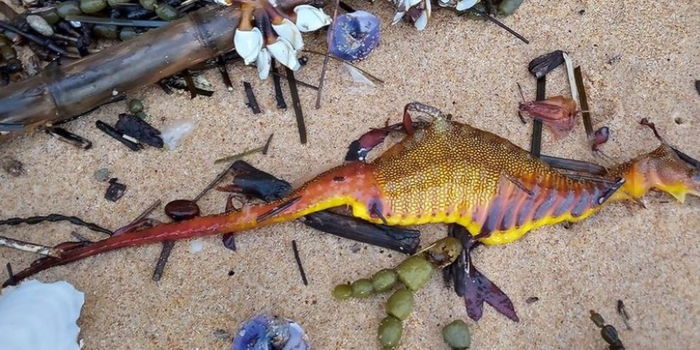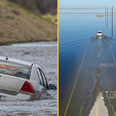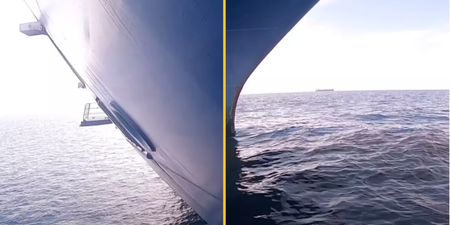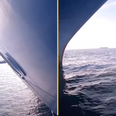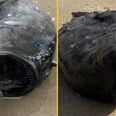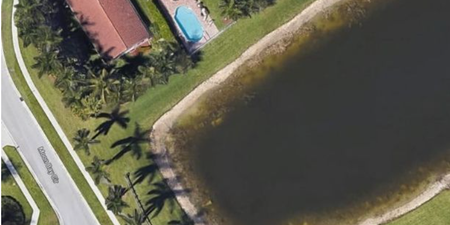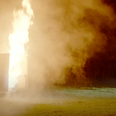It’s thought that 10 times the normal amount of washups are occurring
Dozens of weedy seadragons have been washing up on Australian beaches after weeks of record rainfall in the country.
Images of the creatures washed up on shores across New South Wales have been shared on social media by beachcomber Betty Ratcliffe.
She told the Sydney Morning Herald that she had been beachcombing Narrabeen’s shoreline at dawn for four years and had never seen one, before coming across seven in just one week.
She added: “The first one I found had recently died; it was so vibrant, with orange, yellow and purple. Over the next couple of days I kept finding more and more.”
https://www.facebook.com/betty.ratcliffe.71/posts/1662734887435822
Dr David Booth, professor of marine ecology at the University of Technology Sydney, said that more than 20 seadragons had washed up on Sydney beaches in recent weeks.
It’s thought that 10 times the normal amount of washups are occurring, with weedy seadragons spotted on beaches in Cronulla, Malabar and the Central Coast.
Dr Booth said: “Clearly it’s a result of some combination of the shocking weather, pollutants being washed into the ocean and big surf.”
The creatures are commonly found in Australian waters, but rarely stray far from their home with adults estimated to only move as far as 500 metres away from where they were born.
Dr Selma Klanten, the lead investigator into why so many washups are occurring, explained that this can make them “susceptible to loss of habitat and changing environmental factors.”
https://www.facebook.com/betty.ratcliffe.71/posts/1661171177592193
The creatures are also known as common seadragons and can grow up to 45cm long and usually live in reefs.
The species was once listed as “threatened” by the International Union for Conservation of Nature’s Red List of Threatened Species, but are now ranked as “least concern.”
Related links:
- Australian man gets his supermarket rewards card tattooed on his arm – and it works
- Bizarre ‘alien’ creature spotted on Australian streets after huge rainfall
- Outrage after Australian men videoed rating female joggers out of 10 with clipboard scores
